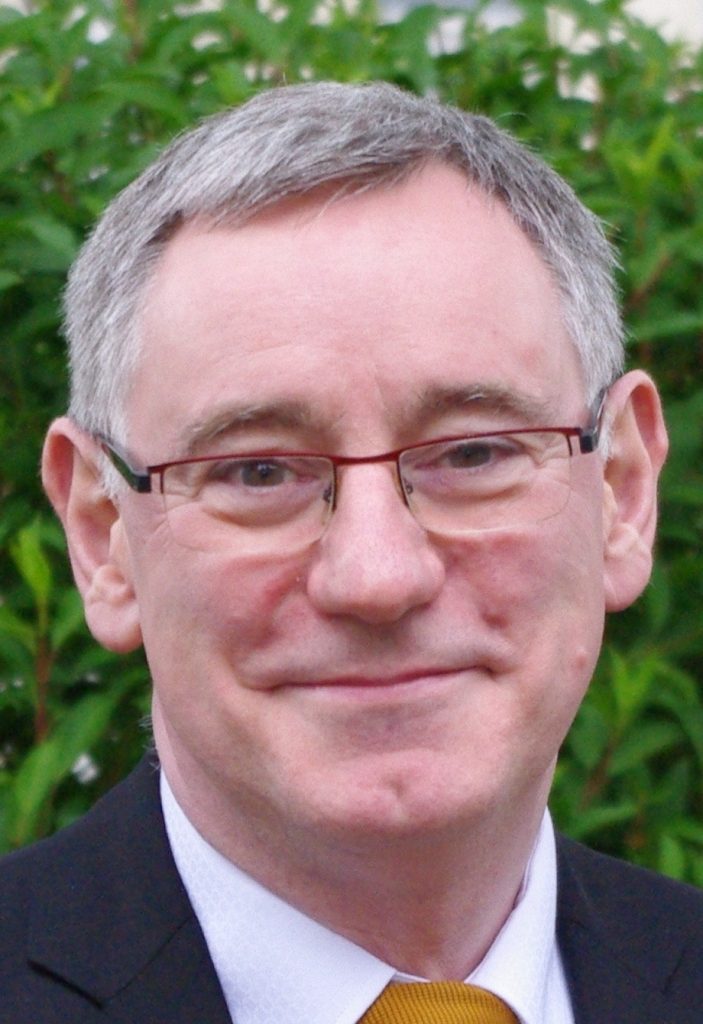
Professor Davitt Moroney, a distinguished musicologist, successfully identified a complete collection of partbooks for the Missa Sopra Ecco Sì Beato Giorno in 40 and 60 parts by Alessandro Striggio (circa 1536/1537 – February 29, 1592) at the Bibliothèque nationale de France in Paris following extensive research. He noted that this discovery represents a significant scholarly achievement. While other substantial choral works are available, Striggio’s mass is particularly notable for its sophisticated structure involving five eight-part choirs, exemplifying the exceptional artistry of Florentine music during its period.
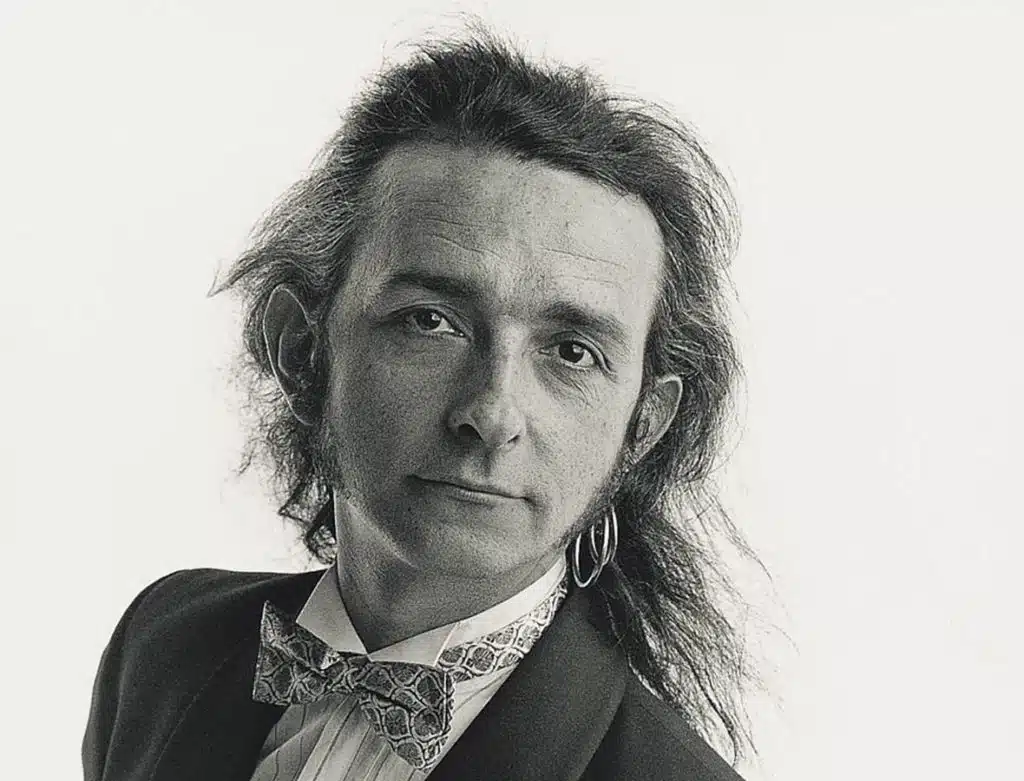
However it appears that the manuscript was apparently actually discovered in 1978 by Dominique Visse and was subsequently transcribed into contemporary notation by him.
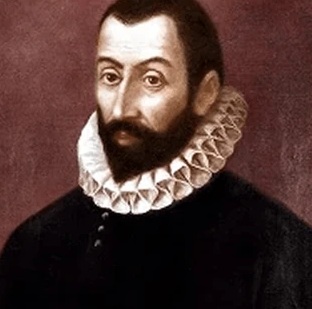
Alessandro Striggio (circa 1536/1537 – February 29, 1592) was an Italian composer, instrumentalist, and diplomat during the Renaissance period. He was born in Mantua, likely into an aristocratic family. While detailed information about his early life is limited, it is generally believed that he moved to Florence during his formative years.
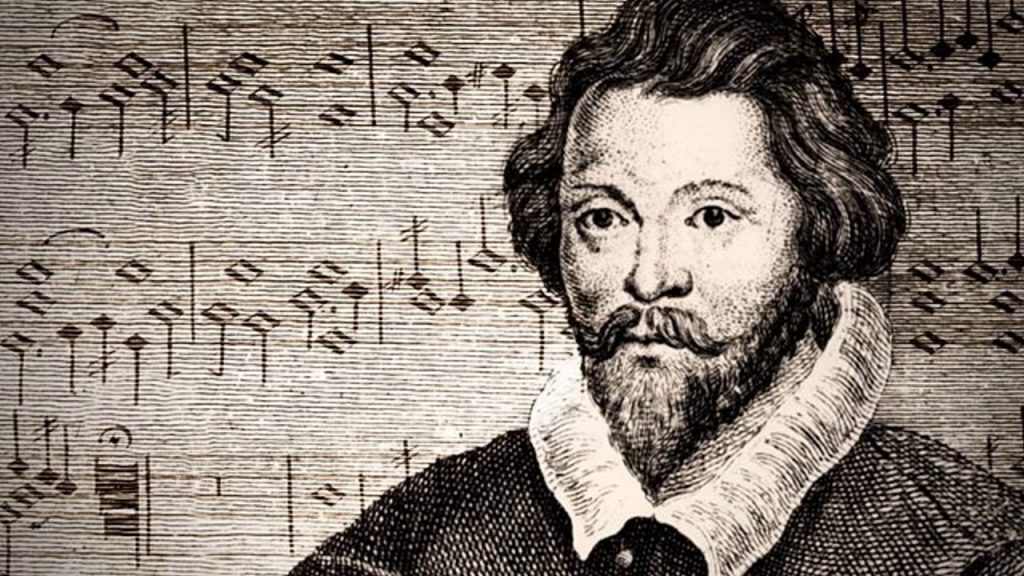
On March 1, 1559, he commenced his professional career with Cosimo de’ Medici, serving as a composer and musician. In 1567, the Medici family assigned him a diplomatic mission to England, during which he is reported to have had the opportunity to meet Queen Elizabeth I and the composer Thomas Tallis. Throughout the 1560s, Striggio composed numerous works for the Medici family, including the notable 40-voice Mass Missa Sopra Ecco Sì Beato Giorno and the wonderful 40-voice motet “Ecce Beatam Lucem,” which is considered an intricate composition blending traditional melodies with the artistic expression of the period, and is associated with a Pindaric ode by the neo-Latin poet Paul Schede Melissus (1539–1602).
The Missa Sopra Ecco Sì Beato Giorno (“Mass on ‘Behold such a blessed day'”) is a choral composition based on the Ordinary of the Mass, written for ensembles of 40 and 60 voices by Renaissance composer Alessandro Striggio of Florence. Likely composed between 1565 and 1566 during the tenure of his patron, Cosimo I de’ Medici, the work was missing for over four centuries. It was mistakenly cataloged in the Bibliothèque nationale de France and was subsequently rediscovered in 2005 by musicologist Davitt Moroney.
There is some evidence that he may have had the music for either this piece or his 40/60 voice mass, Missa Sopra Ecco Sì Beato Giorno, with him on his diplomatic visit to London in 1567, since Thomas Tallis seems to have been inspired and challenged by it, and shortly afterwards wrote his own 40-voice tour-de-force Spem in alium, commissioned by Thomas Howard, 4th Duke of Norfolk.
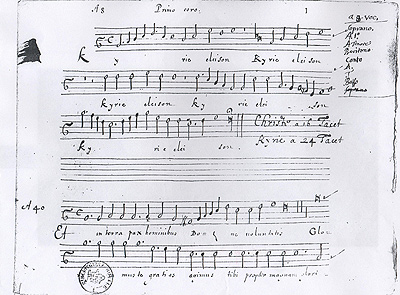
The Missa Sopra Ecco Sì Beato Giorno is one of the largest and longest works of thev whole16th Centuary one of the great works of the renaisannce It was a mass, so there is The Kryie, The Gloria, The Credo, The Sanctus, The Hosanna, and An Agnus Dei. It was a long work that lasted about half an hour. Davitt Moroney had been looking for the work for over 20 years after first discovering a trace of it in Paris in the Bibliothèque nationale de France and was convinced it still there. He believed it was there under the wrong name or wrong title or wrong catalogue things which turned out to be true! Davitt Moroney could see why it had been missing for all those centuries because we are all used to having a choir of 100 people but that is only four part music SATB when you have a really big choir. The choir splits into what is called a double choir where you have two seperate music lines for the soprano, two seperate music lines for the alto, two seperate music lines for the tenors and two seperate music lines for the bass so that’s a really big choir a double choir eight-part writing but Striggio’s mass for five eight-part choir its 40 seperate musical lines, or 60 musical lines in the final movement completely independent musical lines. We do know that the mass was written in Florence at the court of the richest Italian family in Europe in the 16th Century the Medici family. Every other royal family in Europe was indebited to them. The emperor was in debt to them. The Queen of France was in debt to them. King Philip of Spain was in debt to them. Even the Pope was in Debt to them. The Medici family were incredibly rich and at this time the Duke of Florence was the second Cosimo De Medici and what Cosimo De Medici was to be called King of Tuscany, That did not work out. Nobody would agree to call him King so Cosimo De Medici suggested that maybe that they should be made Grand Dukes that would have made them more powerful than any other Italian Prince. The Pope was in favour but the Holy Roman Emperor refused DM found out during his research that Striggio had been sent by Cosimo De Medici to visit the Holy Roman Emperor with the mass in his baggage! The mass was like a giantic musical present, bribe is perhaps to big a word. As supposed to end the story one should say that the mass didn’t work at the politcal level. The Holy Roman Emperor refused to grant the title and he just prvaricated and said well I can’t decide, I can’t decide. So it is a long story and the mass fits right into, right at the heart of the politcal story. It is quite unique in the history of music for a work of this kind to be used in this way. What is reaaly remarkable about polychoral music is that it uses a concept which is actually a vey modern concept that is using space as an integral part of the musical experience for example there are five choirs placed in a semi-circle which is how we think they were probably placed. So in the terms of a clock, you would have Choir One a 09:00. Choir Two at 10:30. Choir Three at 12:00. Choir Four at 13:30 and Choir Five at 15:00. It is this great wave of sound that goes from left to right until suddenly everyone is singing. It is a tremendous physical effect that you feel only when you are actually present at the live performance. There is always a very particular thrill when music which has been silent for four and a half centuries is suddenly sounding again!
t is now considered likely that the Missa sopra Ecco sì beato giorno was performed in a private residence – likely the London seat of the Earl of Arundel, Arundel House – in order not to offend the authorities (since performance of the Roman Catholic Mass was at that time prohibited in Protestant England).[5
This gigantic choral setting of music for the Catholic mass was composed in Florence for the Medici family, whom Striggio served as a highly paid court musician, and sent as a gift to the Holy Roman Emperor in 1567 as one element in a campaign by the Medici to obtain a much-sought-after archducal title. The 30-minute mass, composed for a massive ensemble of five eight-part double choirs, is one of the most extraordinary artworks of the Italian Renaissance; but while references to it exist in period correspondence, the score itself had been lost since 1726.
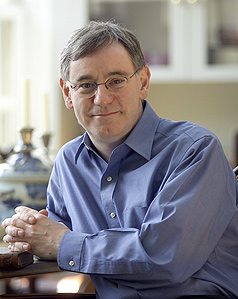 Davitt Moroney has traced the journey the composer Alessandro Striggio took through Western Europe as he presented his 40-part mass to various crowned heads while serving as an emissary of the Medici family. (Scott Hewitt photo) |
In late 1566, Striggio embarked on a quasi-diplomatic mission to the leading courts of Europe – with the first stop perhaps the most important: the Viennese court of the Holy Roman Empire. The trip was intended, Moroney says, to convince Emperor Maximilian II of two key points. First, Cosimo de’ Medici, Duke of Florence and Striggio’s patron, wanted the emperor to know that the Medici could support him militarily and materially and now deserved to be granted the archducal title. The audaciously complex mass functioned, essentially, as a signifier of that capability by implying the unlimited extent of Medici artistic patronage, and therefore also of ready hard cash. Second, the religious nature of the gift could only underscore Cosimo’s commitment to the Catholic faith, a strategy that Moroney has written was “essential for such an ambition in a time of reform.”
To present this gift, Striggio journeyed from Florence to Vienna, over the Brenner Pass in the depths of winter, only to find his quarry had removed to Brno, in what is now the Czech Republic. There, in January 1567, he gave a presentation copy of the mass to the emperor, who expressed his eagerness to hear it performed once he returned to Vienna – his musical retinue away from court being numerically insufficient to the task. However, the mass was performed at full strength for nobles and royals at the courts in both Munich and Paris shortly thereafter, to considerable acclaim, and presumably under Striggio’s direction.
While the mass was a success, the diplomatic trip was less so: It took two more years for the Medici to be granted their royal title (Grand Duke), by the pope, and nearly 10 years for the emperor to approve it. No case for the influence of Striggio’s mass on this decision can yet be constructed, Moroney says. (Its proximate cause was probably a gift of money to the financially strained emperor from the Medici.)
Striggio also visited England on his trip, though for reasons personal rather than diplomatic: He wanted to “visit that kingdom and the virtuosos in the profession of music that there are there,” he wrote to Francesco de’ Medici, Cosimo’s son. His visit there included meetings with Queen Elizabeth I and, Moroney speculates, with Thomas Tallis, whose own still-much-admired composition for eight five-voice choirs, the motet Spem in alium, likely took the Striggio mass as its inspiration.
Following his short visit to London, Striggio returned to Florence via Flanders and France … which is where the mystery of the “vanished” score for the 40-part mass ultimately brought Moroney in pursuit of its solution.
Hidden in plain sight
The score of Missa sopra Ecco sì beato giorno was never, in fact, missing so much as hidden in plain sight. Its failure to be studied in depth by the musicologists of the past several centuries has more to do with the vagaries of bibliographic notation than with popular notions of treasures being forgotten in abandoned storerooms by forgetful descendants.
Having traced the peregrinations of at least four copies of the score over the decades, Moroney concluded that one complete set of partbooks came to rest in the “extraordinary library” of Italian and French scores (and books about music) of the composer Sébastien de Brossard (1655-1730), which ultimately was donated to the French King Louis XV in 1726 in return for the promise of a small pension. It thus entered the holdings of the Bibliothèque royale, which after considerable political turmoil later in that century were transferred to the Bibliothèque nationale.
At several points, human error intervened. A series of misspellings of the name Striggio by a series of copyists and archivists rendered the composer’s name, variously, as “Strigeo,” “Struseo,” and “Strusco,” while the number of choral parts was, early in the last century, reduced to a mere four (from 40) by a proofreader (Moroney speculates) who thought the number more reasonable.
For these simple but ultimately confounding reasons, Striggio’s grand 40-part mass essentially came to be regarded as lost, even as it remained accessible to scholars in France’s greatest library under a different name. In Moroney’s words: “[T]he forty-part Missa sopra Ecco sì beato giorno … by Alessandro Striggio languished throughout the twentieth century disguised as a nameless four-part Mass by Strusco. Since such a work would appear to be entirely banal, and since no such composer ever existed, scholars have not been in a rush to study this music.”
Moroney’s scholarly pursuit of the mass lasted 20 years, until, in January 2005, he recognized information published by a French scholar as the crucial final piece of the puzzle that enabled him to locate the missing manuscript. Finally holding the prize in his hands was “a magical moment,” he says, still visibly thrilled from the discovery.
In 2007, Moroney received a UC President’s Research Fellowship in the Humanities to return to Paris, where he was able to identify the site of a documented performance of the mass in 1567. He also transcribed the mass into modern musical notation and prepared the first modern performance.
That occurred in July, as part of the BBC Proms classical-music festival, when Moroney conducted two of the finest choirs in the world, the BBC Singers and the Tallis Scholars, in London’s Royal Albert Hall. The 7,500-seat hall was sold out, and some 7 million more listeners around the globe tuned in to listen. “The concert was a huge event,” Moroney smiles. “We got Striggio back on the map.”
Moroney’s view of the impact of the mass’s rediscovery and performance extends beyond the purely musicological. “For those of us who do research in the humanities,” he reflects, “this is an example of one of the many kinds of musical scholarship we do: not only identifying a lost work, tracing its historical importance, and translating it into practical modern notation, but also taking that extra step that brings the music back to life in a performance, giving pleasure to modern listeners.”